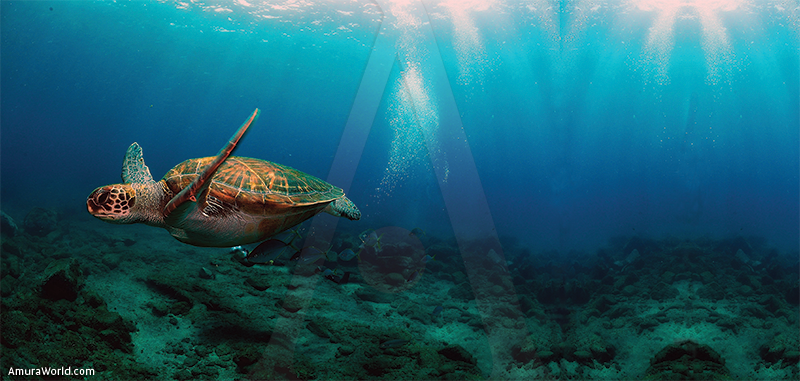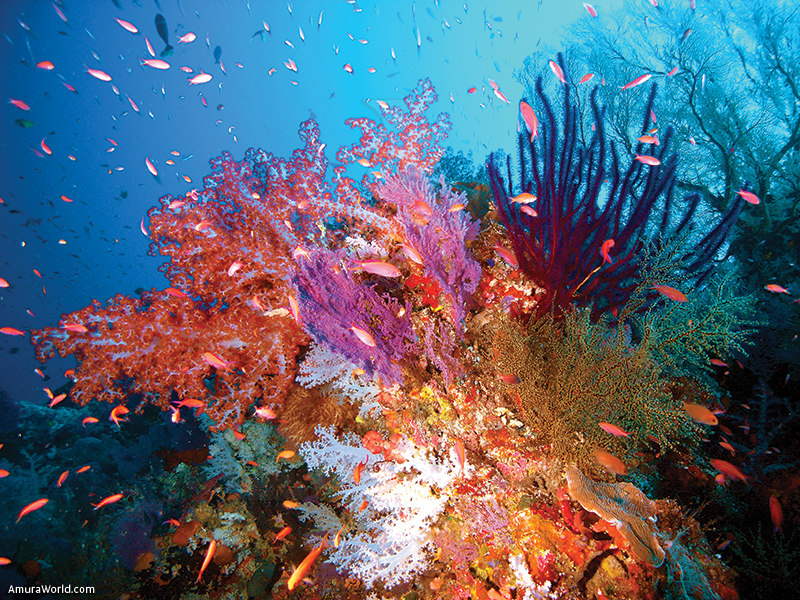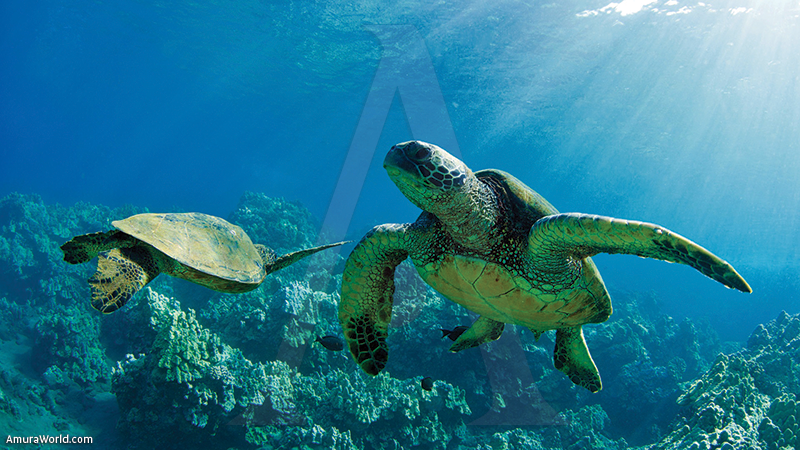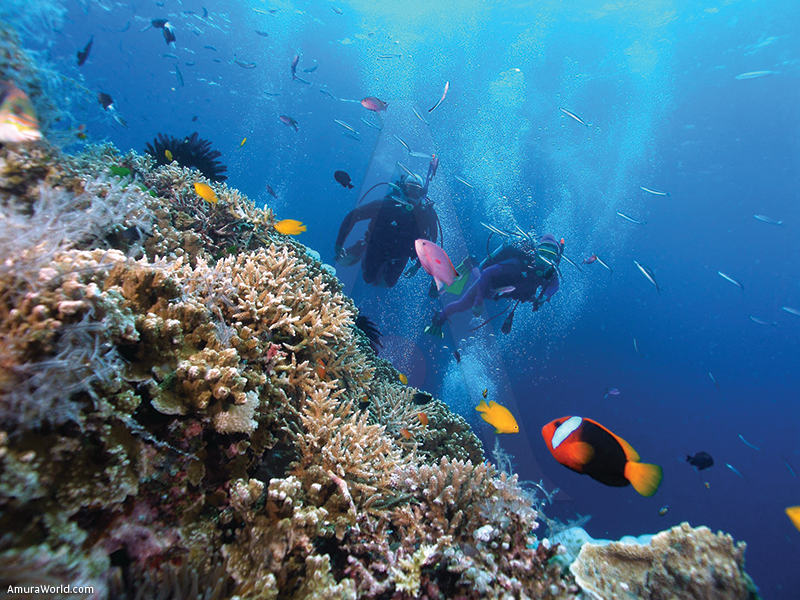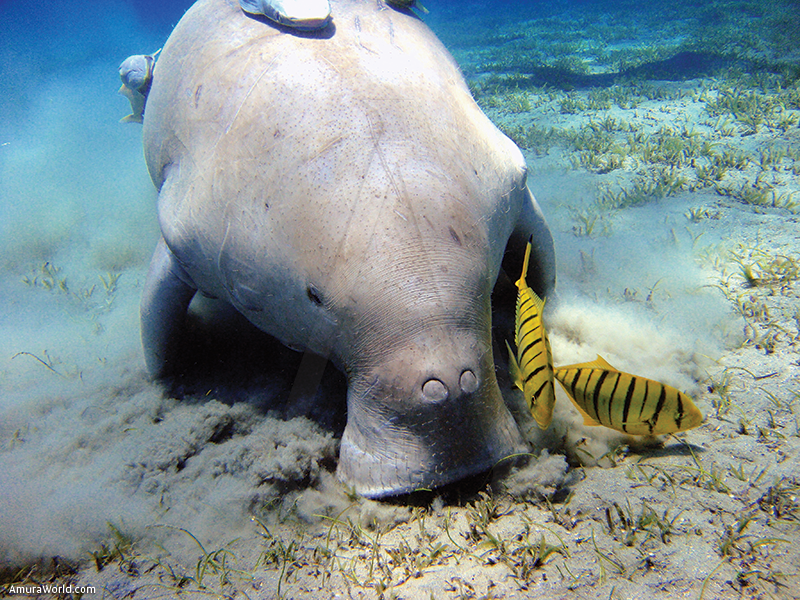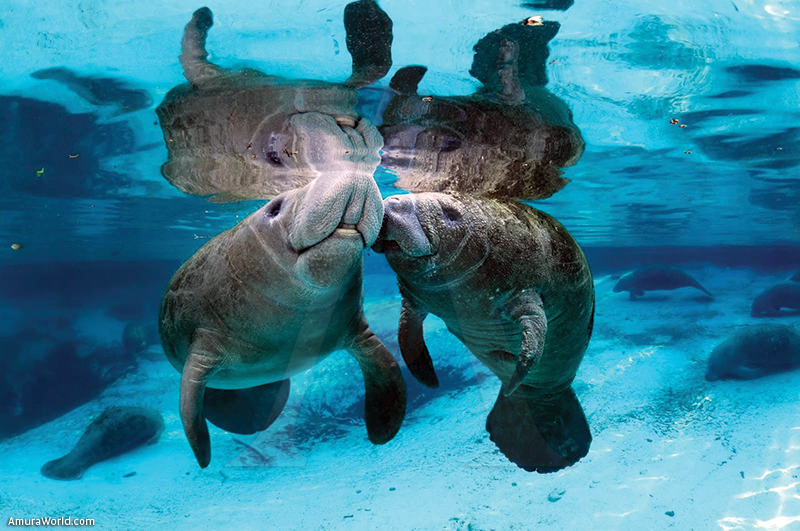Mexico is distinguished as one of 17 megadiverse countries. This occurs due to the fact that it is found amongst the first places of lists related to the richness in several species.
With only 1.5 per cent of the earth’s surface, our nation is home to twelve percent of the biodiversity that exists at a global level and proof of this is that it occupies the 2nd place on reptiles, 3rd place in mammals, 8th place in birds and 5th in vascular plants.
However, a fact that has been registered is the loss of animal species due to two main situations: the growth in the urban stain, which has derived in the damage of the habitats of these species, and their illegal traffic and commerce.
At the time, 2,606 listed species feature in the Official Mexican Norm NOM 059-SEMARNAT-2010 who portray some situation of risk, of them 1,573 are animals (amphibians, birds, invertebrates, mammals, fish and reptiles), 987 are plants and 46 more are different mushroom species.
It is important to point out that in the “endangered of extinction” category 475 species are found, they are divided into categories: 282 are animals, 183 are plants and 10 are mushrooms. Regarding marine resources, 90 species protected under some category of risk: Special Protection (Pr); Threaten (A); Endangered of extinction (P); and Probably Extinct in Wildlife (E).
15 marine species are classified endangered of extinction, amongst them, we find 7 species of turtles, such as: loggerhead turtles (Caretta caretta); the green turtle from the pacific (Chelonia agassizi); the green turtle from the Atlantic or white turtle (Chelonia mydas).
The hawksbill turtle(Eretmochelys imbricata); the lora (Lepidochelys kempii); the golfina (Lepidochelys olivácea) and the leatherback turtle (Dermochelys coriácea). Likewise, in the list of endangered sea species we locate the totoaba (Totoaba macdonaldi); the caribbean manati (Trichechus manatus); the fur seal of Guadalupe (Arctocephalus townsendi); the vaquita marina (Phocoena sinus); the southern right whale (Eubalaena japónica); the sea otter (Enhydra lutris); the horseshoe crabs (Limulus polyphemus); and the crab (Typhlopseudothelphusa mocinoi)
The the Public Prosecutor’s Environmental Office is in charge of formulating and conducting the protocol of inspection and vigilance in the matter of conservancy and protection of quelonios and sea mammals, as well as underwater species at risk and those who are found in protected natural areas which include coastline and marine environments.
Amongst the problems detected, we name the following: lousy tourist developments, demographic growth that doesn’t count with correct plans of urban development, accurate ecologic local bases; urban, industrial and agricultural unloads in rivers, streams and marine-coastline ecosystems.
In the same way, the extraction of illegal seashells and corals for artesanal use; contamination of tank ships and toxic detergents; plundering of sea turtles nests; increase in organic and inorganic trash and a significant increase of reefs due to several sources of impact (contamination, accidents and uncontrolled deterioration, amongst others factors)
In order to understand the mentioned problem, PROFEPA maintains a permanent operation following the next lines of action:
- Inspection program for natural protected Marine and coastal areas
- Program of vigilance in sea turtle’s nesting sights.
- A verification plan of excluded dispositives of sea turtles.
- A permanent protection program of the vaquita marina.
- Vigilance program for the protection of species at risk “whales and shark whales
- Attention program for inspection to turtle camps
- Attention program for the inspection of dolphins and dolphinariums.
- Attention to eventualities in Marine Resources.
Additionally several actions are made for inspection and vigilance in the activities of observation in protected ocean species.
It is important to point out that the Public Prosecutor’s Environmental Office in Protection to the Environment (PROFEPA) arises for the necessity to attend and control environmental damage registered in Mexico, not only in great cities, but also in forests, jungles, coasts and desserts.
One of PROFEPA´s main tasks is increase the levels of observation in the environmental regulations, with a purpose to contribute to sustainable development.
Amongst its attributions we find: the vigilance of accomplishing legal dispositions in the environmental matter and the safekeeping of interests in the population of this heading, as well as the sanction of physical and moral people who violate this legal precepts.
Text: Profepa ± Photo: SOERIAL2 / UNESCO / WPS / LIS / WLLPP / DIBDE / WPD / BP

